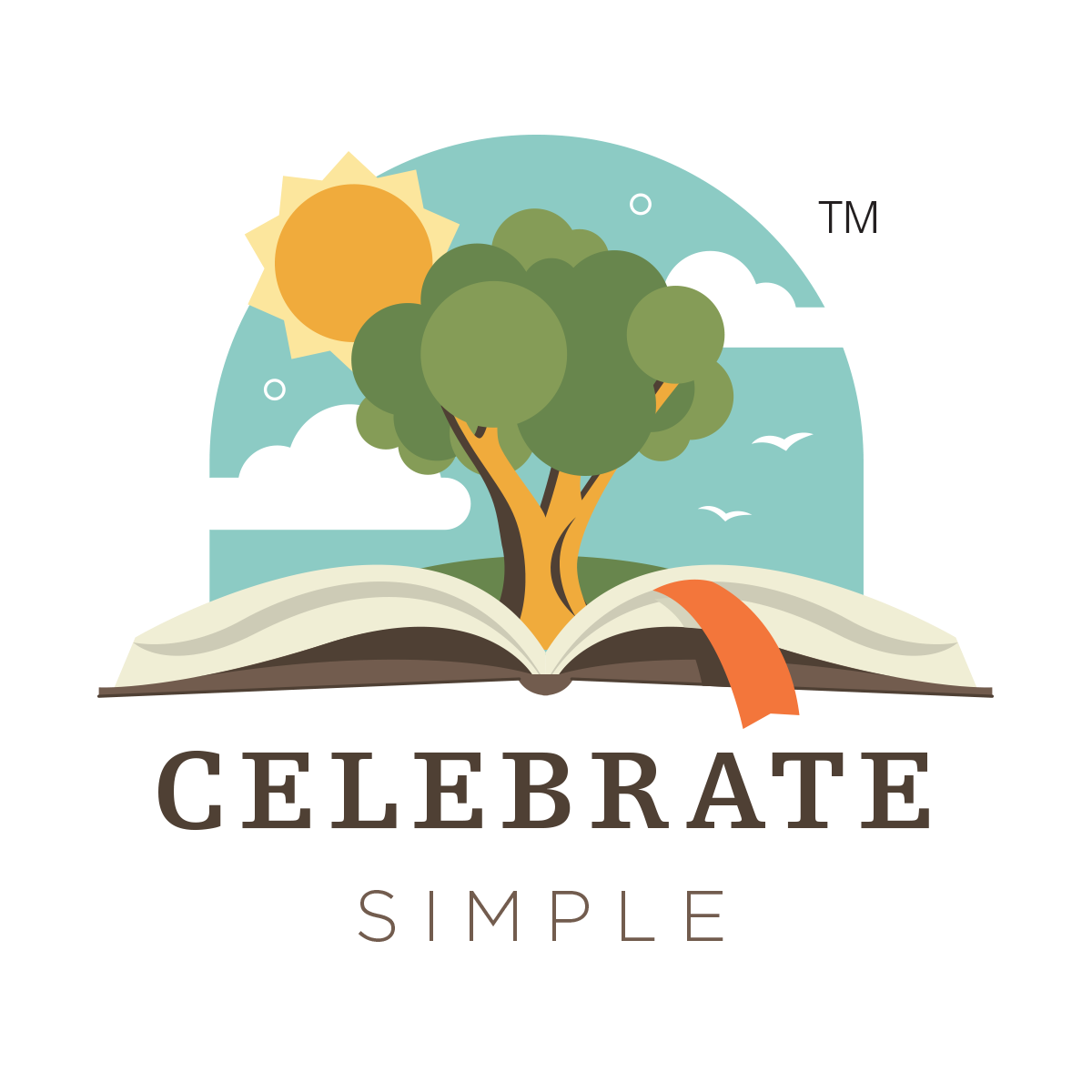I speak to rooms full of parents--everything from living rooms to convention halls--considering a home education journey for their middle and high school young adults. Most often we talk about specifics and how-tos. However, at some point, usually during a Q&A session, I am usually asked
"What about college admission?"
The answer to the question depends on the status of the student applying.
Home educated in our state means enrolled in the Home Education Program with the county of residence. Those students are home educated students by definition and will apply to colleges as home educated, non-traditional or non-accredited graduates. The term used varies college to college.
In our state if the student chooses to enroll in a private school for classes once, twice, or three or more times a week--or as a place of record--that student is considered a private school student and will apply to colleges as a private school graduate. Some colleges and universities require private schools to be accredited, by the state or by a regional accrediting agency.
Generally colleges welcome home educated students with unique educational and extra-curricular experiences and varied community service opportunities, but it is always wise to check on the admission requirements of particular schools of interest. I recommend parents and students begin THE BIG COMPARISON--outlined in my book Celebrate High School--when several colleges have sparked a desire for further research.
Don't assume.
Universities are hiring counselors designated to serve home educated students. After reading online admission requirements, make contact with the counselor. Advanced research demonstrates interest and initiative.
A running list of questions may be helpful.
Early research allows parents and students to plan well. Gain the knowledge you need!
Locating the specific requirements for home educated applicants takes time. If your student's college of interest is not listed below, try
typing "homeschool" or "home education" in the search box of the college website.
searching "homeschool coordinator" in the search box of the college website.
contacting the homeschool admissions coordinator. Colleges and universities are hiring personnel to help their home-educated applicants.
looking for homeschool admission requirements under the heading "non-traditional". Home education is considered a non-traditional method of education by many universities.
Direct links to information relevant to home-educated applicants:
Agnus Scott College, Decatur, GA
Amherst College, Amherst, MA
Appalachian State, Boone, NC
Arizona State University, Phoenix Area, AZ
Ave Maria University, Ave Maria, FL
Barnard College - Columbia University, New York, NY
Berry College, Mount Berry, GA
Bellhaven University, Jackson, MS
Belmont Abbey College, Belmont, NC
Bentley University, Waltham, MA
Bowdoin College, Brunswick, ME
Bradley University, Peoria, IL
Brandeis University, Waltham, MA
Brown University, Providence, RI
Bryan College, Dayton, TN
Bucknell University, Lewisburg, PA
California Institute of Technology, Pasadena, CA
Cedarville University, Cedarville, OH
Central Methodist, Fayette, MO
Charleston Southern University, Charleston, SC
Colorado Christian University, Lakewood, CA
Colorado State University, Fort Collins, CO
Columbia University, New York
Covenant College, Lookout Mountain, GA
Drexel University, Philadelphia, PA
Emmanuel College, Franklin Springs, GA
Emory, Atlanta, GA
Emory-Riddle Aeronautical University, Daytona Beach, FL
Flager College, St. Augustine, FL
Florida Gulf Coast University, Ft. Myers, FL
Florida Institute of Technology, Melbourne, FL
Florida State University, Tallahassee, FL
Franciscan University, Steubenville, OH
Furman University, Greenville, SC
George Mason University, Fairfax, VA
Greensboro College, Greensboro, NC
Grove City College, Grove City, PA
Guilford College, Greensboro, NC
Hillsdale College, Hillsdale, MI
Houghton College, Houghton, NY
Indiana University, Bloomington, IN
James Madison University, Harrisonburg, VA
John Hopkins University, Baltimore, MD
Kansas State University, Manhattan, KS
LeTourneau University, Longview, TX
Home School Endowed Scholarship - Le Tourneau
Liberty University, Lynchburg, VA
Marquette University, Milwaukee, WI
Massachusetts Institute of Technology, Cambridge, MA
Mercer University, Macon, GA
Messiah College, Grantham, PA
Methodist University, Fayetteville, NC
Montreat College, Montreat, NC
New Mexico Tech, Socorro, NM
North Carolina Wesleyan, Rocky Mount, NC (see page 15 of the college catalog)
Northeastern University, Portsmith, NH
Oberlin College and Conservatory, Oblerin, OH
Ohio State University, Columbus, OH
Ohio University, Athens, OH
Olgethorpe University, Atlanta, GA
Patrick Henry College, Purcellville, VA
Pensacola Christian College, Pensacola, FL
Pennsylvania State University, University Park, PA
Pepperdine University, Malibu, CA
Princeton University, Princeton, NJ
Reed College, Portland, OR
Rice University, Houston, TX
Rollins College, Winter Park, FL
Savannah College of Art and Design (SCAD), Savannah and Atlanta, GA
*SCAD admission required documents
Smith College, Northampton, MA
SMU- Southern Methodist University, Dallas, TX
Southeastern Louisiana University, Hammond, LA
St. Johns College, Annapolis MD and Santa Fe, NM
Stanford University, Stanford, CA
Stetson University, Deland, FL
Southern Methodist University, Dallas, TX
Syracuse University, Syracuse, NY
Syracuse University School of Architecture, Syracuse, NY
Taylor University, Upland, IN
Texas Christian University, Fort Worth, TX
The College of William and Mary, Williamsburg, VA
Tulane University, New Orleans, LA
United States Air Force Academy, Colorado Springs, CO
United States Navel Academy, Annapolis, MD
University of Alabama, Tuscaloosa, AL
University of Central Florida, Orlando, FL
University of Cincinnati, Cincinnati, OH
University of Illinois, Urbana, IL
University of Michigan, Ann Arbor, MI
University of Minnesota, Minneapolis, MN
University of New Hampshire, Durham, NH
University of North Carolina, Chapel Hill, NC
University of North Florida, Jacksonville, FL
University of Notre Dame, Notre Dame, IN
University of Oklahoma, Norman, OK
University of Pennsylvania, Philadelphia, PA
University of RIchmond, Richmond, VA
University of South Florida, Tampa, FL
Valdosta State University, Valdosta, GA
Vanderbilt University, Nashville, TN
Vassar College, Poughkeepsie, NY
Washington State University, Pullman, WA
Wheaton College, Wheaton, IL
Yale University
I do not receive any compensation for inclusions on this list. It is completely random--I add to the list as I research and work with families. This list is not intended as endorsement or advertisement; simply as a helpful tool to aid and encourage.
This list grows and grows. Check back for new additions.




































